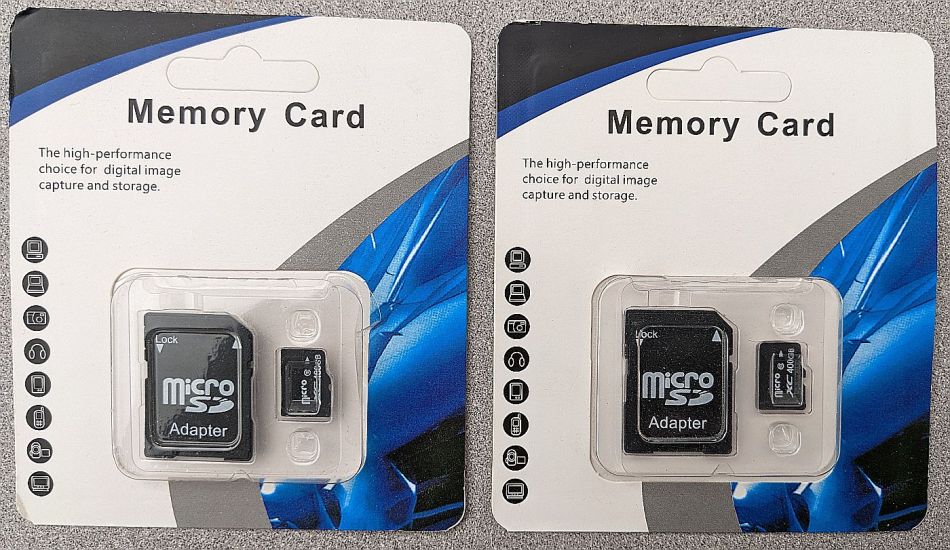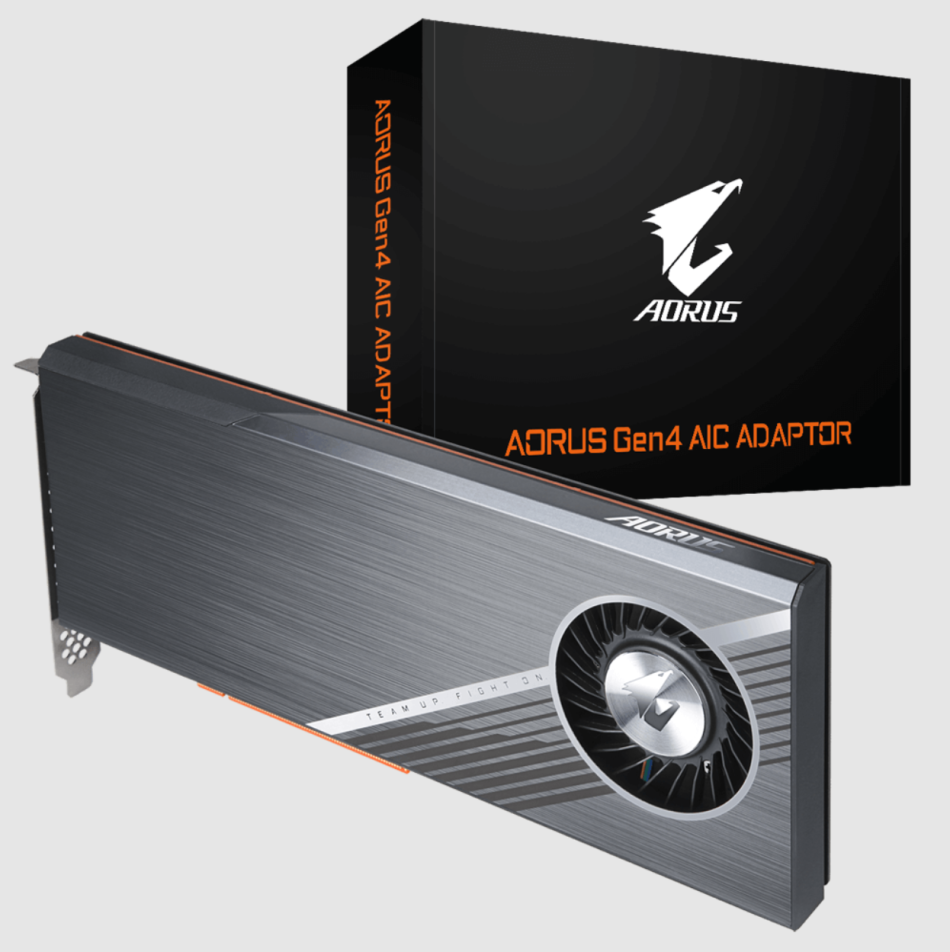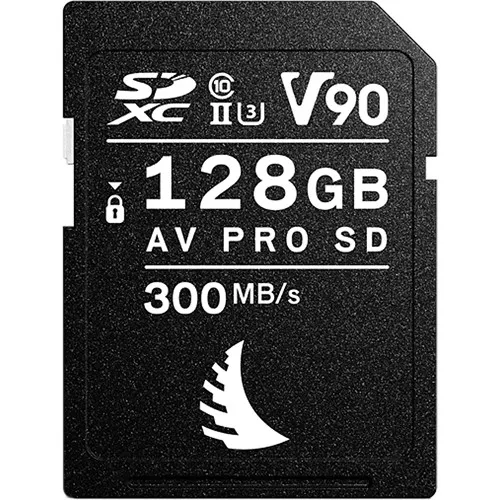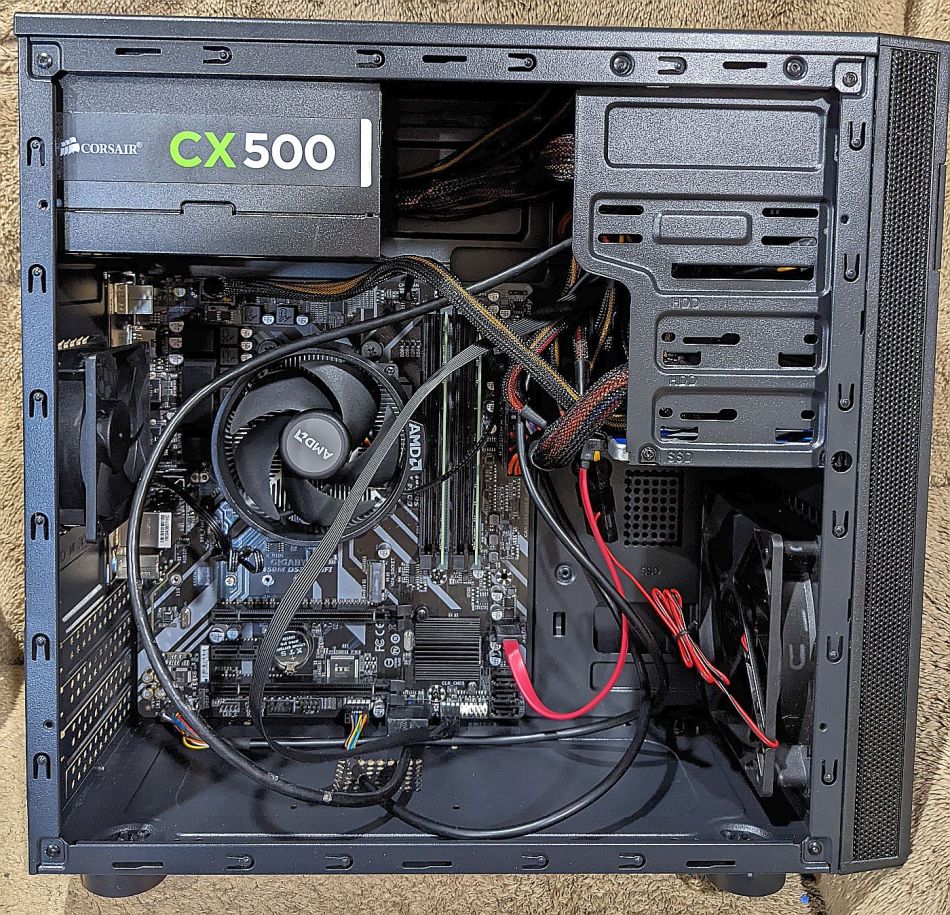
Ungluing a GaN charger
- Consumer
- 2023-09-23 22:51:26
USB-output battery chargers for smartphones, tablets and a host of other tech widgets are perpetually hot (I’m talking metaphorically here) sellers. This is particularly the case now that Apple, Google and other suppliers are no longer bundling them with their widgets, claiming that we consumers have already collected way more of them than we need (translation: “we’ve brainstormed a rationale that lets us shift the charger-acquisition burden to the consumers, lowering our BOM costs and boosting our profits”).
They now offer USB-C outputs, translating to the higher output power that was the case in the conventional USB-output past. This transition enables them to deliver timely recharges to large battery pack-based devices like laptops and even to do double-duty as AC adapters. But it also means that they run hotter (I’m now using the term literally) than before, boosting their size and therefore their available surface area for passive thermal dissipation purposes.
Thankfully, now-mainstream gallium nitride (GaN) transistors, which my colleague (more accurately: my boss) Majeed Ahmad regularly writes about, are enabling chargers/adapters that slow, halt, and in some cases, even reverse the increasing-volume trend initiated by their silicon transistor-based precursors. To quote Wikipedia:
GaN transistors are suitable for high frequency, high voltage, high temperature and high efficiency applications…GaN is efficient at transferring current, and this ultimately means that less energy is lost to heat…The higher efficiency and high power density of integrated GaN power ICs allows them to reduce the size, weight and component count of applications including mobile and laptop chargers, consumer electronics, computing equipment and electric vehicles.



And re my earlier “now-mainstream” comment, they’re now available at prices that match, if not undershoot (on a promotion basis, at least), those silicon transistor-based precursors. Enter today’s teardown subject, a 30W USB-C charger from a company called VOLTME that I bought at the beginning of the year for (and in fact as I write these words is still being sold priced at) only $9.99. Here’s a stock image (dimensions are 1.2×1.3×1.2 inches, and it weighs 1.5 ounces):


And VOLTME’s charger comes in five colors: black, blue, green, purple grey and white…not translucent, alas, although the company crafted a concept image to give a peek at the insides:

Here are my own comparative size-assessment shots, next to a just-purchased ($10.99 on sale) conventional silicon transistor-based Best Buy Insignia 30W USB-C charger (for which, yes, I also have future-teardown plans) with dimensions of 1.43×1.33×1.33 inches, and a United States penny (0.75 inches/19.05 mm in diameter):



Note that the VOLTME unit has non-collapsible AC prongs, whereas those of the Insignia unit fold up for transport convenience.
I’d also intended to visually compare the VOLTME GaN charger to an Aukey 27W conventional unit I’d bought in mid-2019, which currently keeps my iPad Pro juiced up, but I remembered my aspirations only after completing the VOLTME dissection. So, here’s the Aukey alongside the Insignia instead; by means of the transitive property of (in)equality, perhaps you can mentally translate the two sets of images into the VOLTME-vs-Aukey appraisal I originally intended:



Stepping back in time, here are some shots of the product packaging:






And its contents: the charger, inside a protective baggie, along with two slips of literature.

Notice anything missing? Yep, the charging cable. In fairness to VOLTME, depending on the particular user requirement, the optimum bundled cable could be any of a number of “USB-C-to” options: USB-C, conventional USB, Lightning, micro USB, etc. Still, echoing what I said before: “we’ve brainstormed a rationale that lets us shift the cable-acquisition burden to the consumers, lowering our BOM costs and boosting our profits”. Cynical, aren’t I?
Finally, some shots of our patient standalone. Front first:

That “PD” marking indicates that the charger supports Power Delivery mode, with multiple voltage/current output options pre-negotiated between the connected charger and to-be-powered device. Specifically, quoting from VOLTME’s specs:
Input: 100-240V~ 0.8A 50/60HzOutput: 3.3-11V 3A (PPS) / 5V 3A /9V 3A / 12V 2.5A / 15V 2A / 20V 1.5A (30W Max)
To wit, here’s the backside marking summary:

Top:

Bottom:

And finally, both sides:


Now let’s dive inside. The front side edging ended up being just plastic molding, but the backside was more productive:


Here’s the inside of the plug. Those two contacts at the bottom proximity-press against matching contacts on the PCB:


Speaking of which…I pushed through from the front side USB-C opening:

Wow, that’s a lot of thermal goop:

And it’s adhesive, to boot, versus easier-to-remove paste:






There’s a plastic flap on the bottom which, when moved aside, reveals another IC underneath:

I showed a mid-teardown photo of the glue-infested insides with my colleague (and buddy) Aalyia, and she wisely-I-strongly-suspect pointed out to me, “Aren’t the leads of electrolytic caps generally a bit finicky and break with a bit of vibration? This could be their engineering/thermal management solution to it.” Thoughts, readers?
Clearly, that glue was going to have to go if I held any hope of seeing and identifying anything component-wise other than the two already-exposed PCB areas. Research suggested I give the charger a soak in either isopropyl (“rubbing”) alcohol or acetone; the former was the less caustic of the two options, and I decided to try it first. I only had the 70%-concentration stuff on hand (albeit plenty of it; during COVID we stocked up on both it and aloe vera in case we needed to make our own hand sanitizer), but a quick trip to Walmart secured me a 91%-concentration stock, which research indicated was results-preferable:

Time for a bath…

You’ll notice from the purple-tint stream coming from the charger in the above image that the dunk had a near-immediate effect. My initial excitement in seeing this response became more muted when I realized it was just the hand-scribbled mark coming off the transformer tape. Nevertheless, after a few-hour bath the glue was at least softened somewhat. The tedious application of a small flathead screwdriver along with the end of an unfolded paper clip got me (most of) the rest of the way there:




The bulk of that flap I mentioned before was located on the other side of the PCB, as it turns out, where it (buried in grey glue) acted to insulation-separate several of the components. Here it is standalone after it fell out during the glue-removal process:


Much of the componentry in the earlier shots is intuitively obvious to the engineers out there; the yellow tape-wrapped transformer, for example, several electrolytic capacitors and a wire-wound inductor, plus a bunch of other PCB-mounted passives. Speaking of the PCB(s), however, let’s focus more attention on these. First, here’s the one on the left side of the charger (if you’re looking at it from the front):

In this particular shot, I intentionally oriented the charger with the USB-C connector pointed down versus to the right, so that you can more easily read the PCB’s dominant IC markings:
SGP12KA090702143GAF
If you do a straight Google search on any of those three product-mark character sequences, you’ll (unless you’re more adept at Google searches than me, which is assuredly always a possibility) end up with no meaningful results. Do a Google Image search on KA09070, on the other hand, and you’ll eventually figure out (more directly if, unlike me, you can read Chinese) that this particular chip is the HL9554 GaN Integrated Primary Side PWM Controller from a company called Elevation Semiconductor. Why the package markings have no seeming relevance to the product name is beyond me.
And what of the bottom-side PCB (USB-C plug to the left in this orientation)?

Well, I was also able to figure out one IC on it (note, too, the earlier mentioned contacts along the right side that press-mate into the AC plug). Unfortunately, there are at least four other chips that I couldn’t identify, so I’m still going to need some reader help.
The rectangular SOP IC toward the bottom labeled U1 and marked “EL1018” is a four-lead optocoupler (“an infrared emitting diode, optically coupled to a phototransistor detector”) from Everlight Americas. But what of the chip on the right side, for example, PCB-labeled BO1 (what does “BO” even mean, other than “body odor”?) and marked as follows?
WRABS20M2C34H
Next, what about the rectangular IC at the top, labeled U3 and marked with this cryptic text?
EAL34KA164722141GAI
The second-line “KA” similarity to the aforementioned PWM controller suggests to me that this chip may also be from Elevation Semiconductors, but I’m at a loss.
What of the smaller square IC below it, labeled Q1 (suggestive of a transistor-related function)? The markings on the package are faint, therefore not discernable in the photo, so you’ll need to take my word that they’re as follows:
3016MDT10A
And the small rectangular IC marked U4 and labeled 9MUK? Inquiring minds want to know.
Your assistance in figuring out the identities of any or all of these mystery chips is greatly appreciated; at minimum, one of them must handle USB charging protocol negotiation and subsequent management. And more generally, your thoughts in the comments on anything I have (or haven’t) mentioned in this teardown are as-always welcome!
—Brian Dipertis the Editor-in-Chief of the Edge AI and Vision Alliance, and a Senior Analyst at BDTI and Editor-in-Chief of InsideDSP, the company’s online newsletter.
Related Content
Freeing a three-way LED light bulb’s insides from their captivityA short primer on USB Type-C PD 3.0 specification and designTeardown: Cell-phone charger: nice idea done rightTeardown: Wireless charging pad is tough to crackDisassembling a wireless charger with a magnetic personalityTeardown: Pixel Stand offers faster-than-Qi wireless charging for (some) Google fansUngluing a GaN charger由Voice of the EngineerConsumerColumn releasethank you for your recognition of Voice of the Engineer and for our original works As well as the favor of the article, you are very welcome to share it on your personal website or circle of friends, but please indicate the source of the article when reprinting it.“Ungluing a GaN charger”










